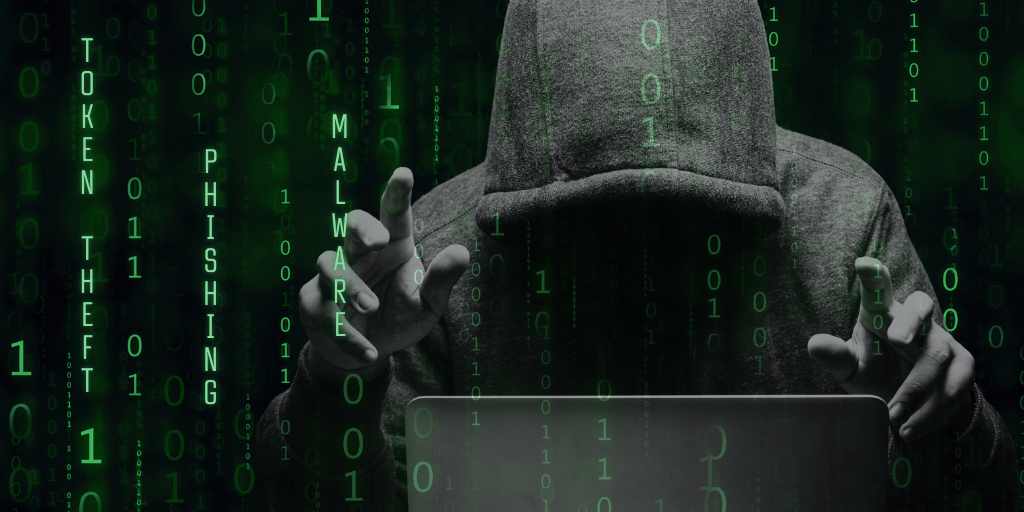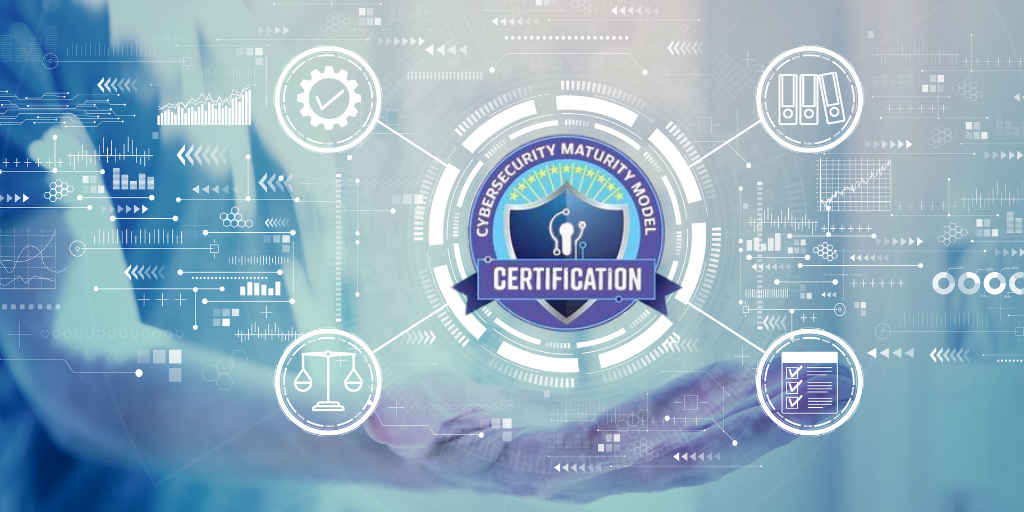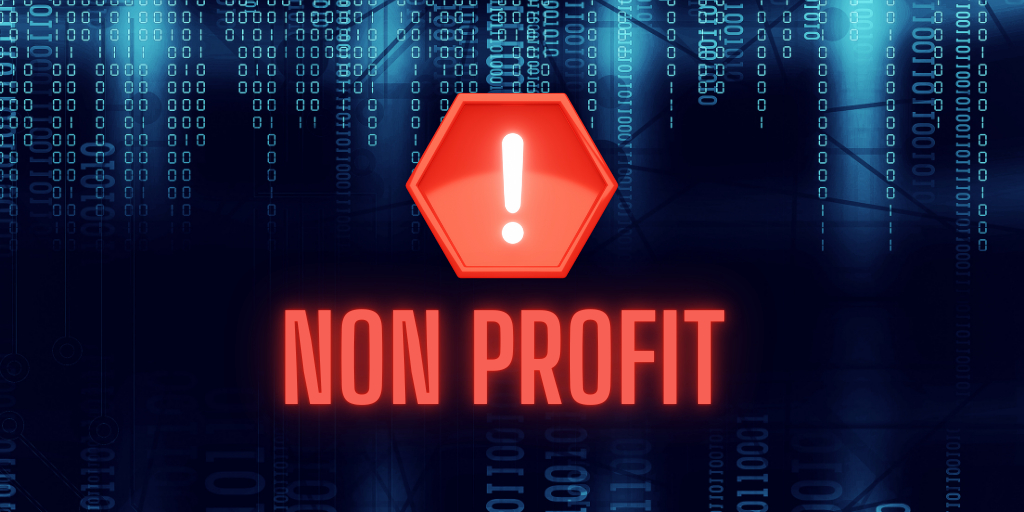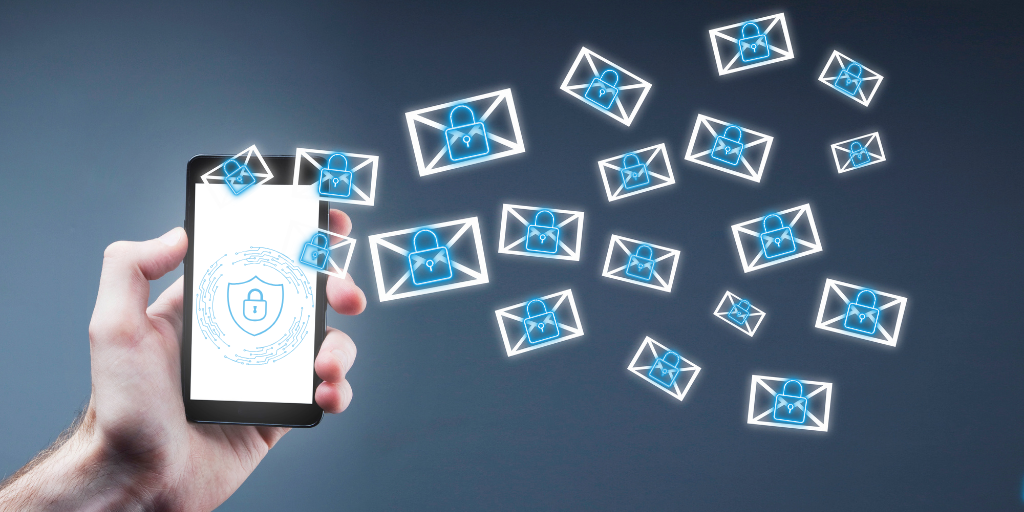Addressing CMMC Compliance Gaps for Small Businesses
Navigating the complex landscape of CMMC compliance can be a daunting task for small businesses, but with the right strategies, achieving and...

The security of digital transactions is paramount in a world driven by cyber threats. With cyber threats on the rise, token theft is one of the most concerning issues for businesses today. This blog sheds light on token theft, its implications for businesses, and how to protect your organization against this growing threat.
Token theft occurs when cybercriminals steal authentication tokens—digital keys that allow users to access secure systems without re-enter login credentials. These tokens are a digital passport, granting users seamless access to online platforms such as single sign-on (SSO) systems, APIs, and other digital services. While these tokens enhance user convenience and streamline the login process, they also present a lucrative target for cyber attackers. If intercepted, these tokens can unlock a treasure trove of sensitive data and systems, providing malicious actors with unauthorized access to confidential information and compromising the security and integrity of businesses.
Token theft can occur through various methods, including:
In addition to the immediate financial loss, businesses face significant operational disruptions and potential ransom demands from attackers following a token theft incident. The costs associated with these breaches go beyond just monetary value, as the loss of revenue during downtime can have a long-lasting impact on the organization's overall financial health. Moreover, the reputational damage that comes with failing to protect customers' tokens can lead to a loss of trust, resulting in a decline in business and potential legal repercussions. Companies must prioritize security measures and stay vigilant to mitigate the risks of token theft and safeguard their valuable assets.
Trust is a crucial element in business, forming the foundation of solid customer relationships. In today's digital age, a single security breach can have far-reaching consequences, tarnishing your reputation and eroding customers' trust in your organization. When customers lose faith in your ability to protect their data, they will likely seek more secure alternatives, leading to reduced customer loyalty and missed business opportunities. Building and maintaining trust is not just about securing transactions; it's about safeguarding the integrity of your brand and demonstrating a commitment to protecting your customers' interests. By prioritizing cybersecurity measures and proactively addressing potential threats like token theft, you can instill confidence in your customers and strengthen your reputation as a trustworthy and reliable business partner.
Businesses must prioritize compliance with data protection laws such as the General Data Protection Regulation (GDPR), California Consumer Privacy Act (CCPA), and other regulatory frameworks to safeguard customer data. Non-compliance poses financial risks in the form of hefty fines and legal penalties and consumes valuable resources in dealing with regulatory investigations. Ensuring adherence to these laws is crucial for maintaining trust with customers and stakeholders and upholding the integrity and reputation of the business in the ever-evolving digital landscape. By proactively implementing robust data protection measures and staying abreast of regulatory requirements, companies can mitigate the legal and financial implications of data breaches and demonstrate their commitment to safeguarding sensitive information.
Implementing multi-factor authentication (MFA) is a powerful way to enhance security by requiring users to provide multiple verification forms before gaining access to sensitive systems or data. This additional layer of protection goes beyond just passwords, incorporating factors such as biometric data, security tokens, or one-time codes sent to a user's mobile device. By combining these elements, MFA significantly reduces the risk of unauthorized access, making it harder for cybercriminals to breach your defenses. This proactive approach ensures that even if one factor is compromised, other barriers are still in place to safeguard your organization's valuable assets. By implementing MFA as part of your security strategy, you can strengthen your overall defenses and protect against the growing threat of token theft.
Regularly expiring and rotating tokens is a crucial security measure to mitigate the risk of token theft. By setting expiration dates on tokens and periodically rotating them, businesses can limit the opportunity for cybercriminals to exploit stolen tokens. This proactive approach ensures that even if a token is compromised, it will soon become invalid, preventing unauthorized access to sensitive systems and data. Implementing a token lifecycle management system can automate expiring and rotating tokens, reducing the burden on IT teams and enhancing overall security posture. By staying vigilant and proactive in managing tokens, businesses can effectively safeguard their digital assets and protect against the growing threat of token theft.
Regularly educating employees on recognizing phishing attempts and other common attack vectors is essential in building a solid line of defense against cyber threats. By providing ongoing training and awareness programs, businesses can empower their staff to identify suspicious emails, links, and requests, ultimately reducing the risk of falling victim to phishing scams. Additionally, investing in advanced security solutions is paramount in safeguarding against evolving cyber threats. Organizations can bolster their security posture and stay ahead of cybercriminals by implementing cutting-edge technologies such as intrusion detection systems, endpoint protection, and threat intelligence platforms. These proactive measures enhance safety and demonstrate a commitment to prioritizing cybersecurity and safeguarding valuable assets. By combining employee education with advanced security solutions, businesses can effectively combat token theft and other malicious activities, ensuring the integrity and security of their digital infrastructure.
Implementing a robust network monitoring and detection system is crucial in identifying and mitigating unusual activities within your network. By continuously monitoring network traffic, system logs, and user behavior, businesses can proactively detect signs of unauthorized access, data exfiltration, or other suspicious activities. Leveraging advanced security tools such as intrusion detection systems (IDS) and security information and event management (SIEM) solutions can help organizations quickly identify and respond to potential threats before they escalate into full-blown security incidents. By staying vigilant and proactive in monitoring network activities, businesses can strengthen their cybersecurity defenses and protect against the growing threat of token theft and other malicious activities.
Secure all endpoints such as laptops, phones, and servers by implementing comprehensive security measures to prevent malware infections. Utilize robust endpoint protection software that can detect and block malicious threats before they can infiltrate devices. Regularly update and patch all endpoints to address known vulnerabilities and strengthen defenses against potential attacks. Also, please put strict access controls and user permissions in place to limit the risk of unauthorized access to sensitive data. By fortifying all endpoints with robust security protocols, businesses can create a fortified barrier against malware infections and enhance overall cybersecurity resilience.

Navigating the complex landscape of CMMC compliance can be a daunting task for small businesses, but with the right strategies, achieving and...

In an increasingly digital world, non-profits are prime targets for cyber threats. You can just discover how a Virtual CISO can protect your...

Small businesses must prioritize secure messaging to protect sensitive information and maintain customer trust.